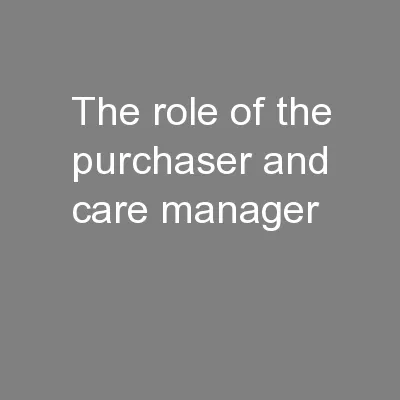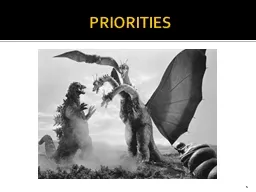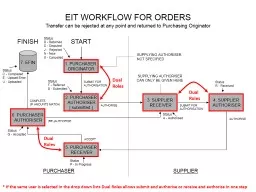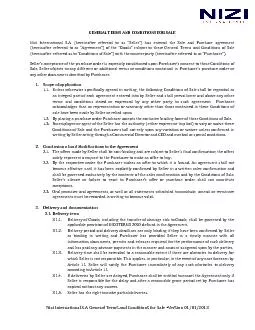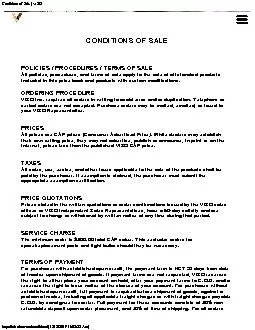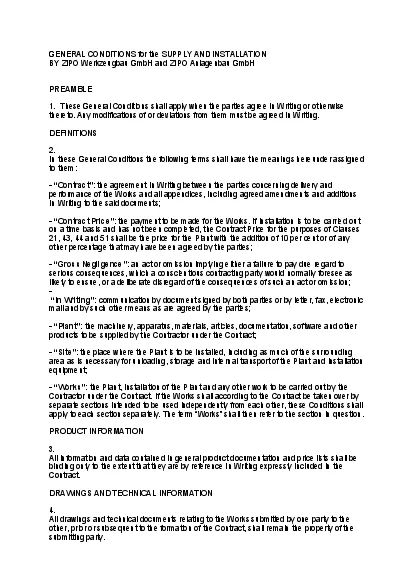PDF-The role of the purchaser and care manager
Author : kittie-lecroy | Published Date : 2016-07-16
The role of the purchaser and care managerIt would seem to be an anathema to talk of the importance of local authorityapparatchiks in the context of developing new
Presentation Embed Code
Download Presentation
Download Presentation The PPT/PDF document "The role of the purchaser and care manag..." is the property of its rightful owner. Permission is granted to download and print the materials on this website for personal, non-commercial use only, and to display it on your personal computer provided you do not modify the materials and that you retain all copyright notices contained in the materials. By downloading content from our website, you accept the terms of this agreement.
The role of the purchaser and care manager: Transcript
Download Rules Of Document
"The role of the purchaser and care manager"The content belongs to its owner. You may download and print it for personal use, without modification, and keep all copyright notices. By downloading, you agree to these terms.
Related Documents

